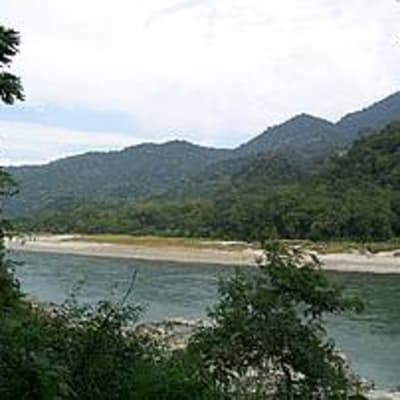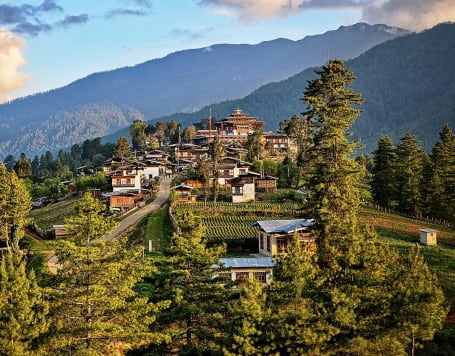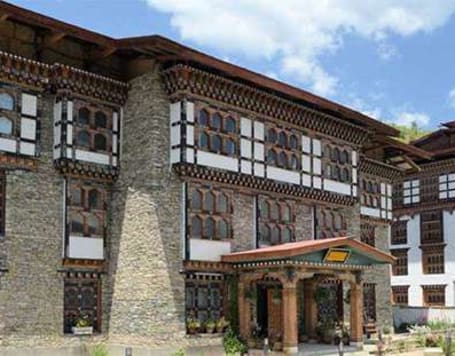The location of Royal Manas National Park in southern Bhutan is truly fascinating. It sits at the crossroads of biodiversity and culture, making it a unique gem. Nestled in the Eastern Himalayas, it's a place where tropical and temperate ecosystems converge, resulting in remarkable species diversity. The park's proximity to India's Manas Tiger Reserve creates a transboundary conservation corridor, promoting the survival of endangered species. Furthermore, Royal Manas holds cultural significance, with its flora often being utilized for religious and medicinal purposes, highlighting the intricate connection between nature and Bhutanese culture. This geographical intersection of nature, culture, and conservation makes Royal Manas National Park an extraordinary destination.
The best time to visit Royal Manas National Park is during the dry season, which spans from late October to April. This period offers pleasant weather and clear skies, making it ideal for wildlife viewing and exploring the park's lush landscapes. The winter months, from November to February, provide a comfortable and mild climate. Wildlife sightings are also more frequent during this season as animals gather around water sources. However, it's important to note that visiting in the wet monsoon season (May to September) may pose challenges due to heavy rains, muddy trails, and potential wildlife dispersal. Therefore, the dry season is recommended for a more enjoyable and rewarding experience.



























